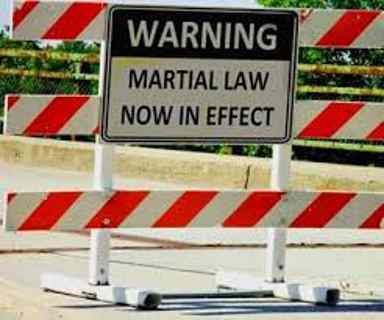
Some news outlets were allowed to operate, especially those that were owned by Marcos’ friends like Roberto Benedicto of the Kanlaon Broadcasting System and the Philippine Daily Express.Īccording to the Human Rights Violations Victims’ Memorial Commission (HRVVMC), 579 businesses were likewise “violently and illegally” taken over by the dictatorship.
#Martial law rules free
of the Philippines Free Press, Chino Roces of Manila Times and journalists Amando Doronila, Luis Beltran, Maximo Soliven, Juan Mercado and Luis Mauricio. 1 allowing the military to take over media, mainly ABS-CBN and Channel 5.ĭays after declaring martial law, state agents arrested and imprisoned Teodoro Locsin Sr. 18, 1972, he issued Letter of Instruction No. Marcos lost no time enforcing the crackdown on media.

“By doing so, Marcos had the final say in whatever passed for the truth,” it added. “By shutting down competing voices and setting up a media outlet that was under his control, Marcos silenced public criticism and controlled the information that the people had access to,” the Martial Law Museum said. The media, extremely essential for any democracy, were likewise silenced by the dictatorship. The writ, which in Latin refers to “having the body,” is a protection against illegal imprisonment. It likewise said that because “power was in the wrong hands,” the declaration of martial law and the suspension of the writ of habeas corpus “opened the real possibility of the violation of civil rights.” “A debt-driven growth is growth that sacrifices long-term benefits for short-term gratification, and ultimately leads to more burden than boon for the future generations that must pay these debts,” the Martial Law Museum said. READ: ‘Nightmare’ of Marcos rule ‘still haunts us today’ – bishops

It said the increase in “our debts explains the growth, especially in infrastructure, primarily touted by some to assess the economic gains of the Marcos regime.”


 0 kommentar(er)
0 kommentar(er)
